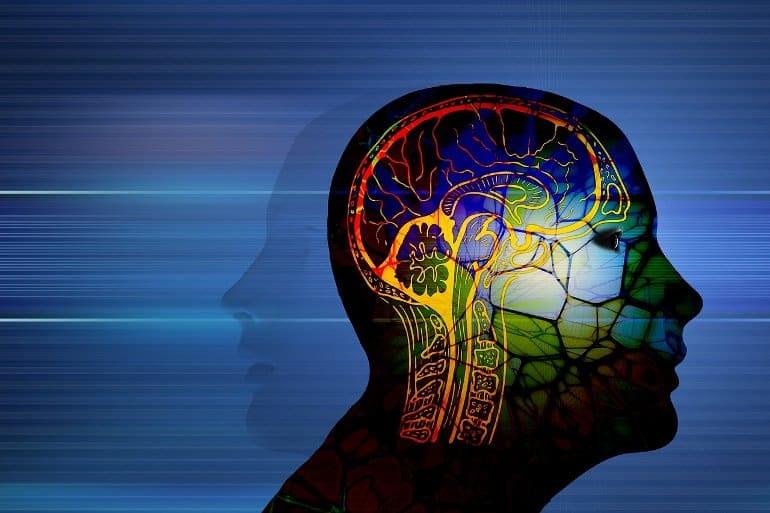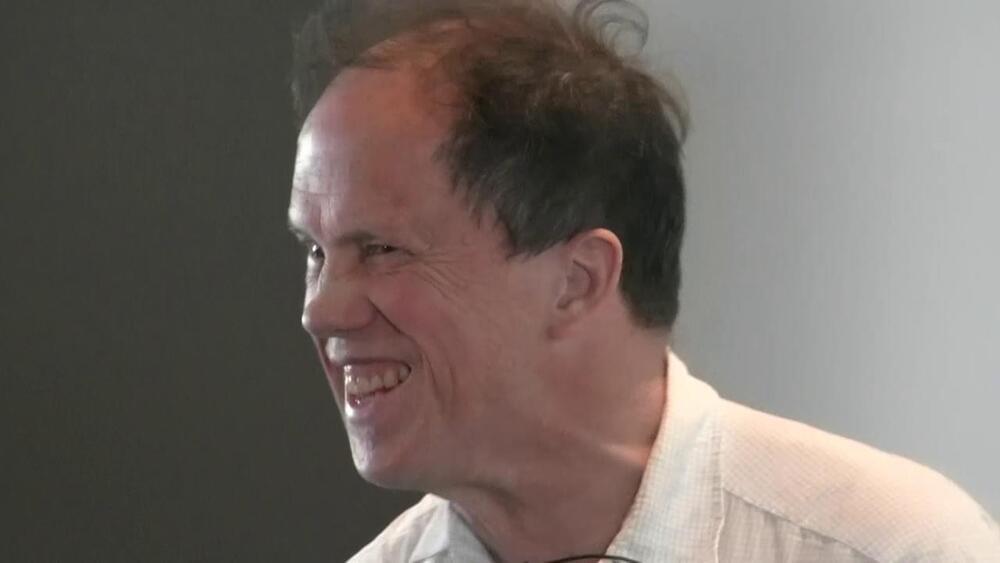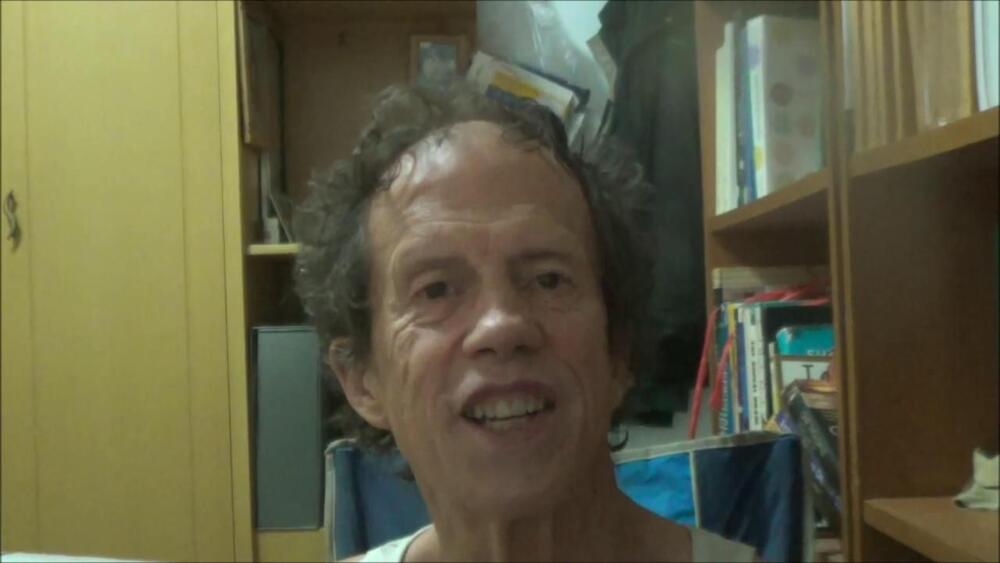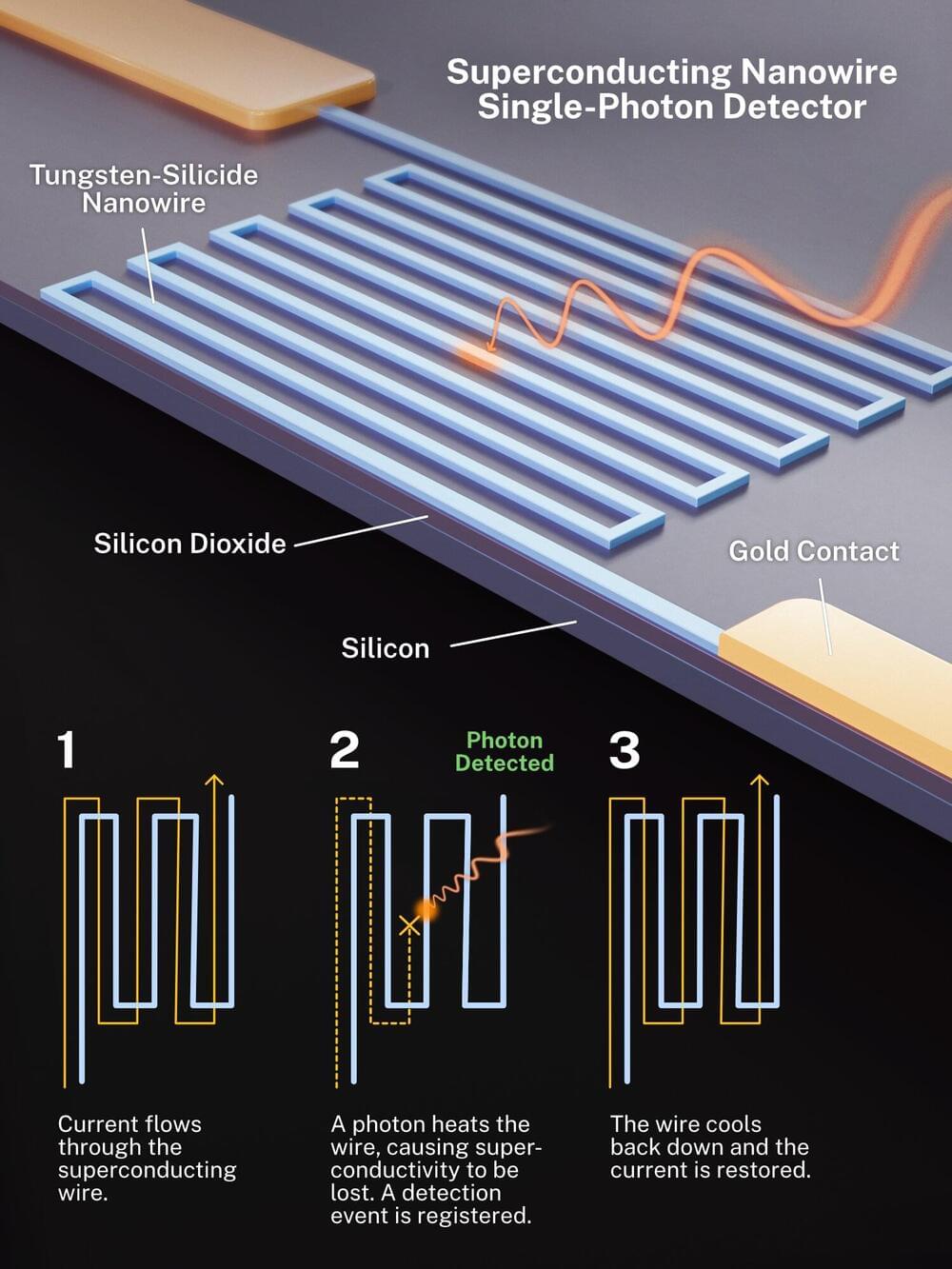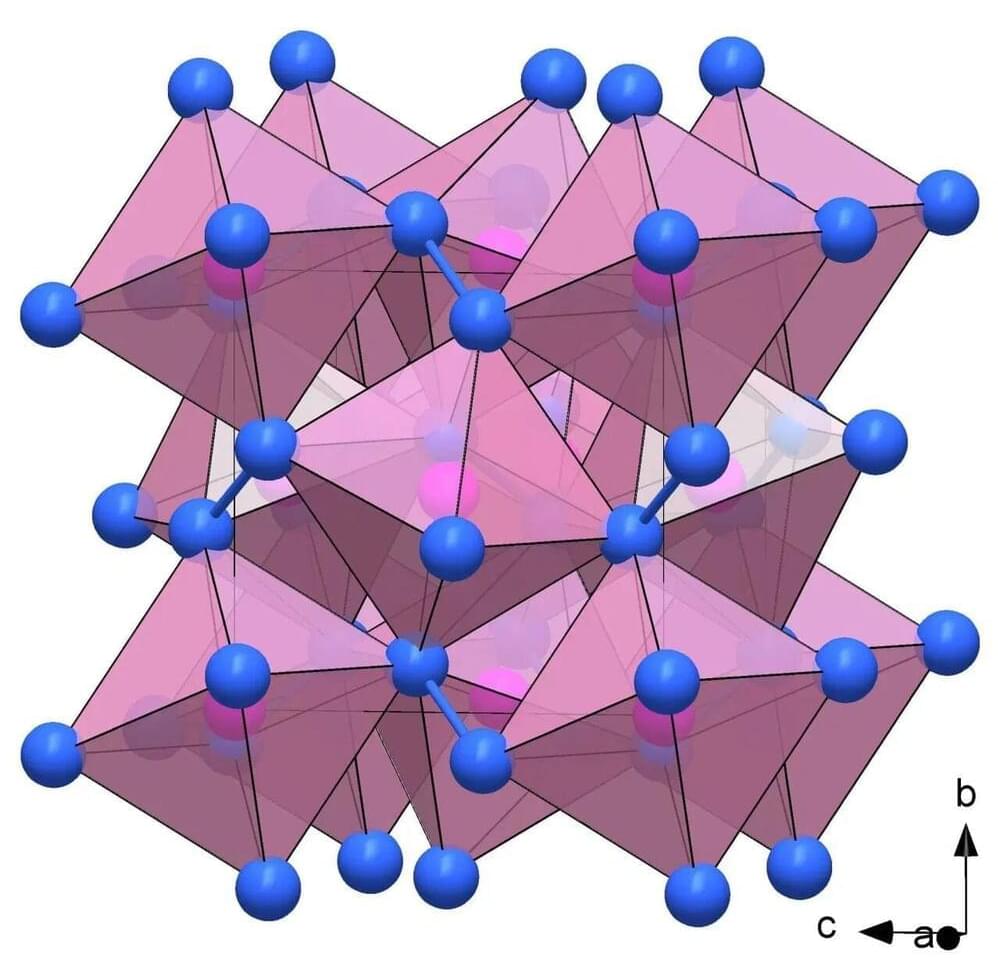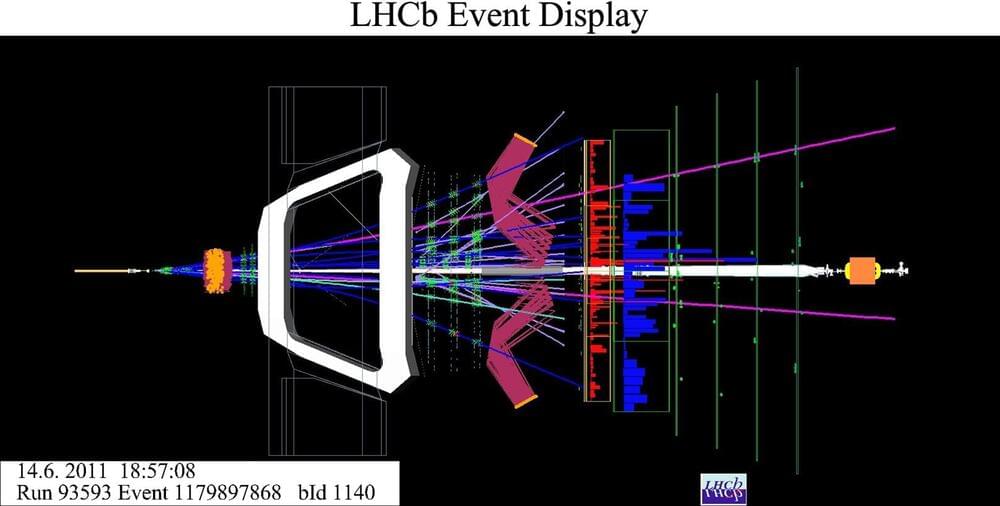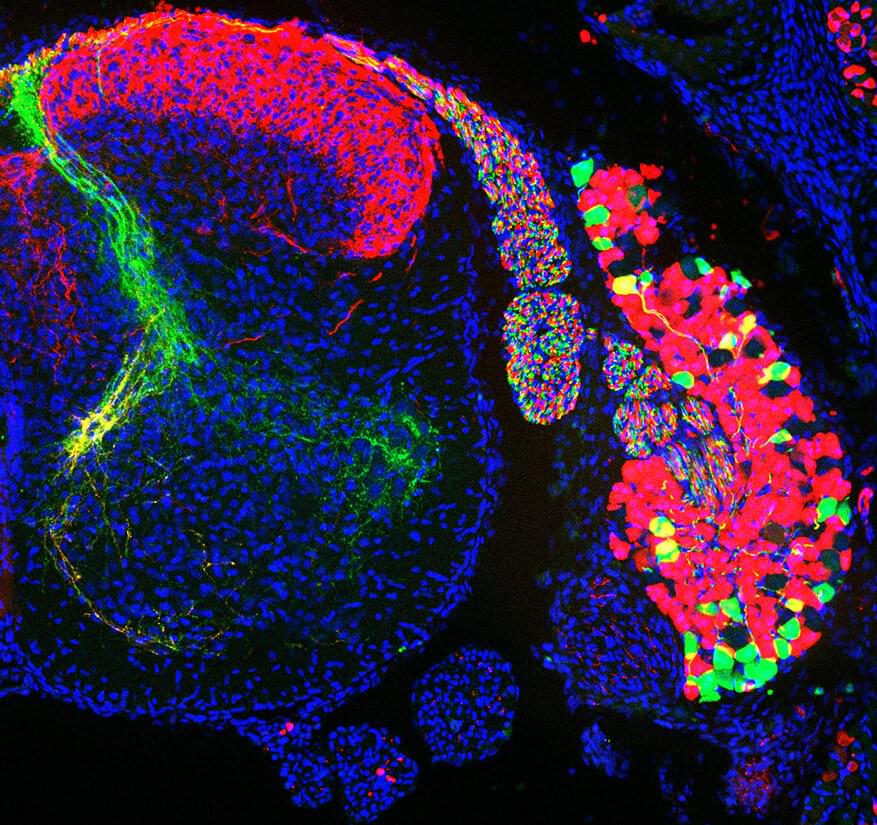
To perform coordinated movements, we rely on special sensory neurons in our muscles and joints. Without them, the brain wouldn’t know what the rest of our body was doing. A team led by Niccolò Zampieri has studied their molecular markers to better understand how they work and describes the results in Nature Communications.
Sight, hearing, smell, taste, touch: We’re all familiar with the five senses that allow us to experience our surroundings.
Equally important but much less well known is the sixth sense: “Its job is to collect information from the muscles and joints about our movements, our posture and our position in space, and then pass that on to our central nervous system,” says Dr. Niccolò Zampieri, head of the Development and Function of Neural Circuits Lab at the Max Delbrück Center in Berlin. “This sense, known as proprioception, is what allows the central nervous system to send the right signals through motor neurons to muscles so that we can perform a specific movement.”
